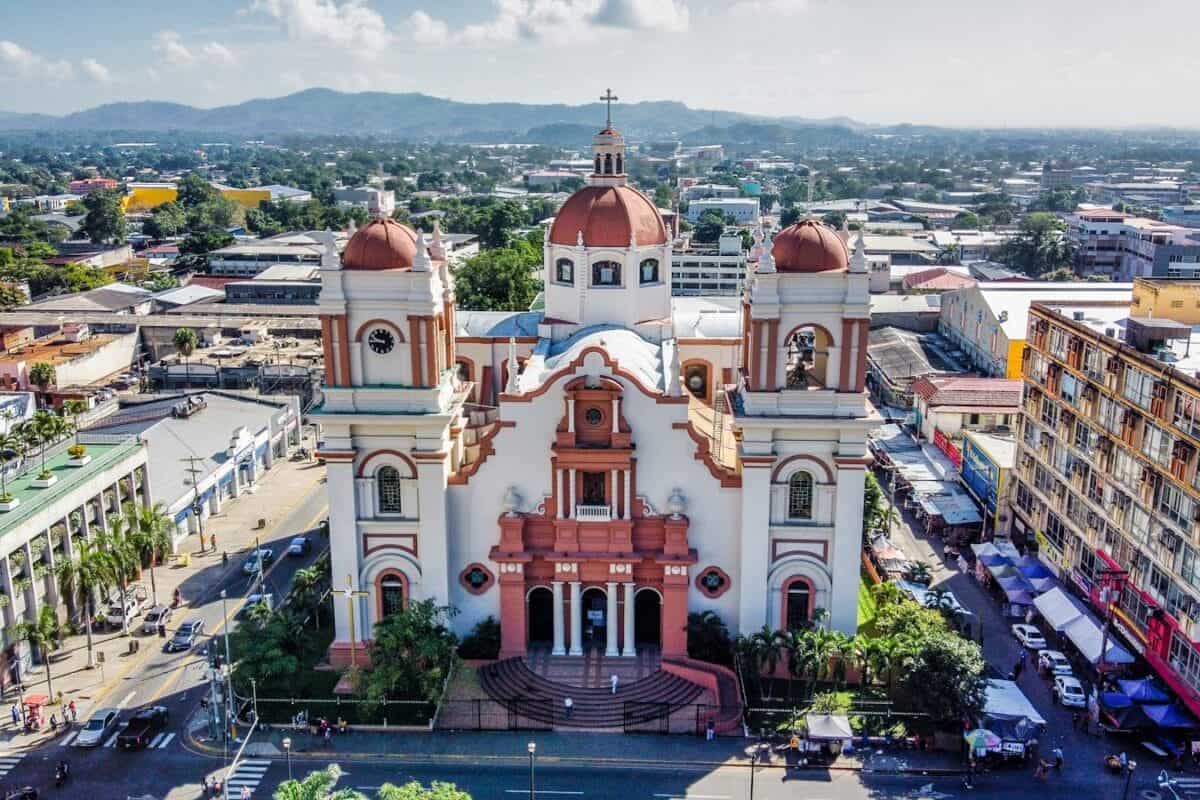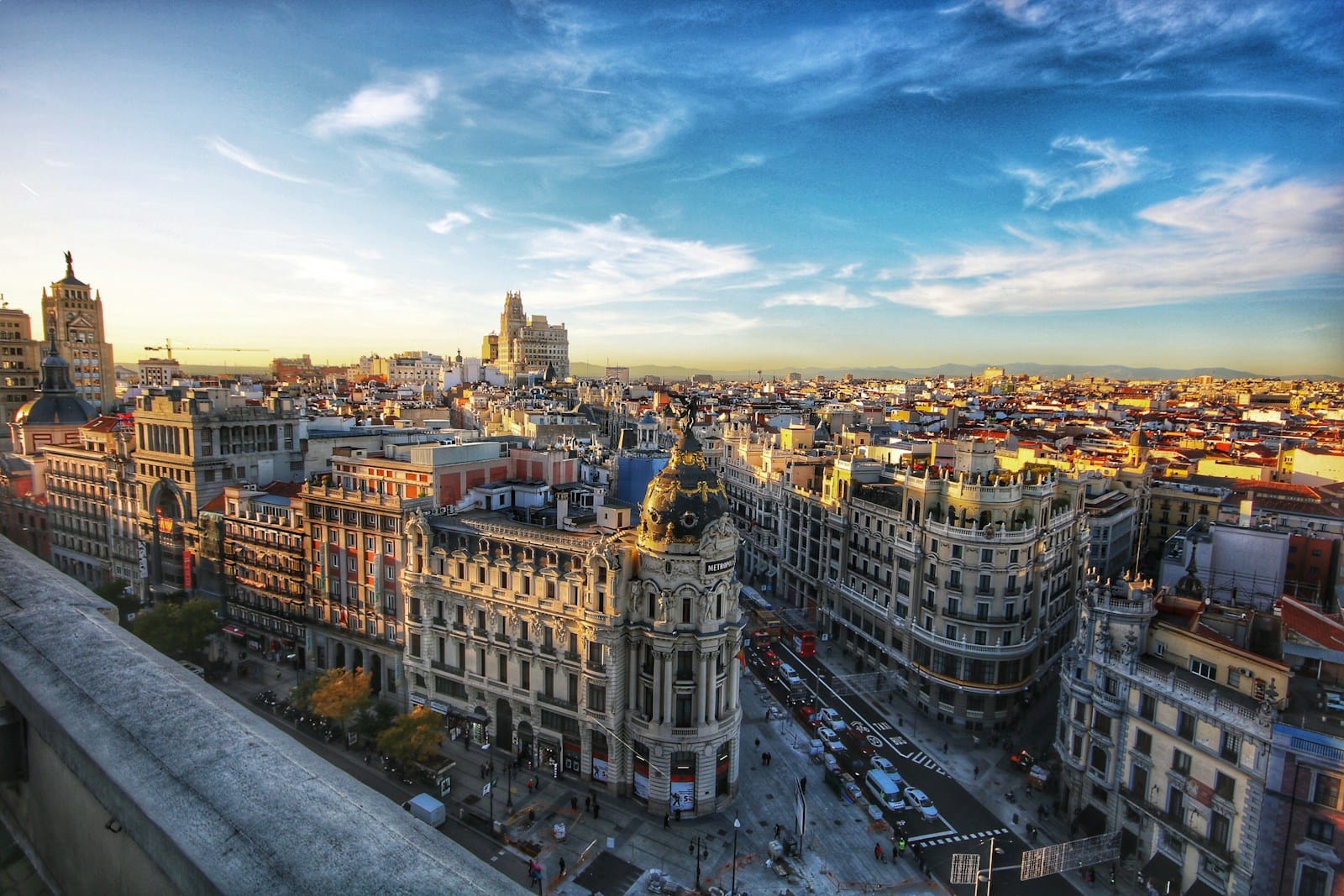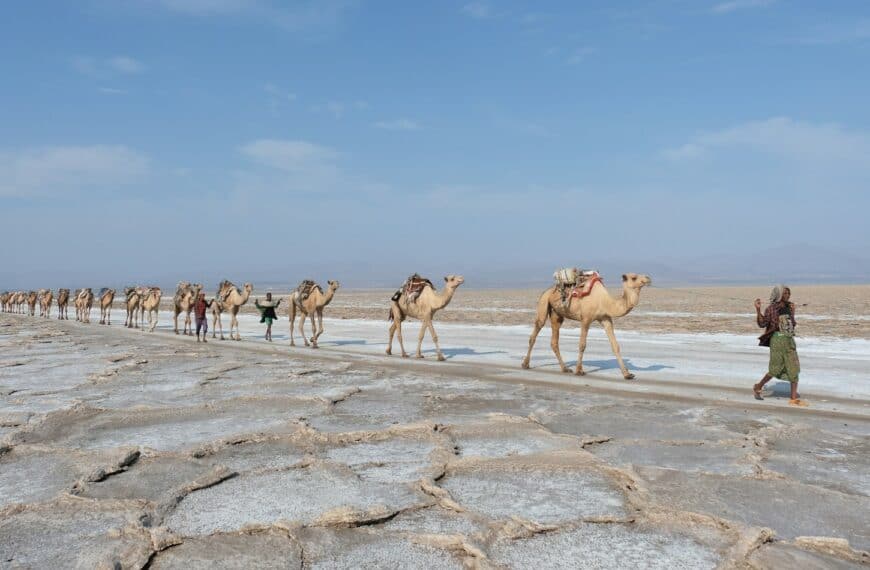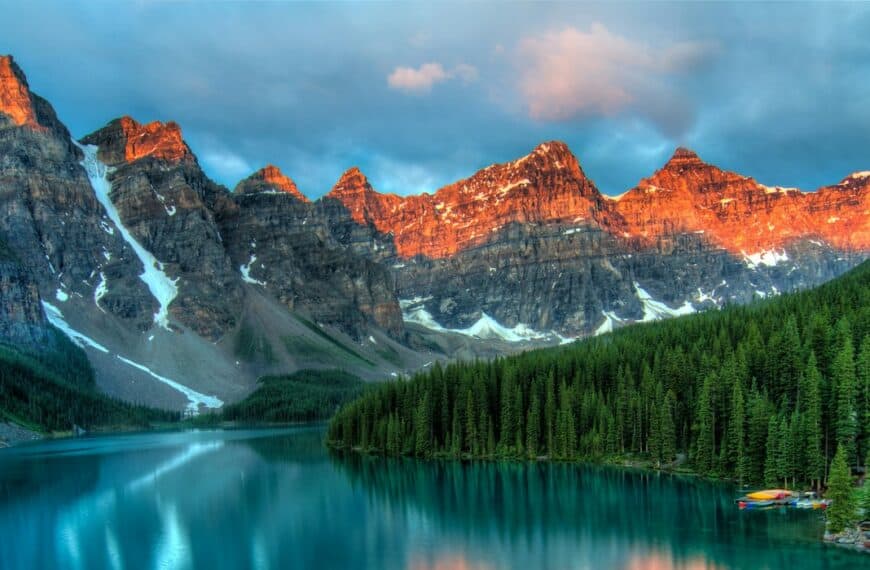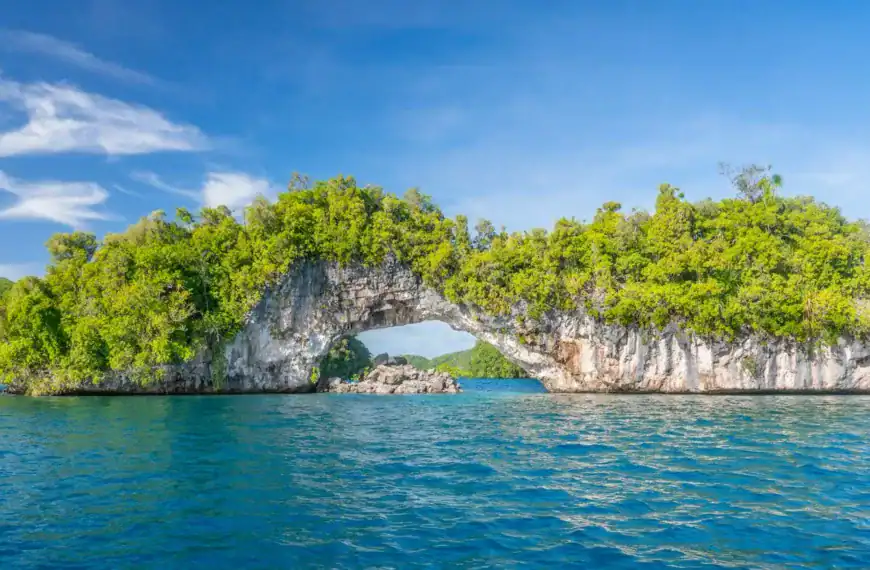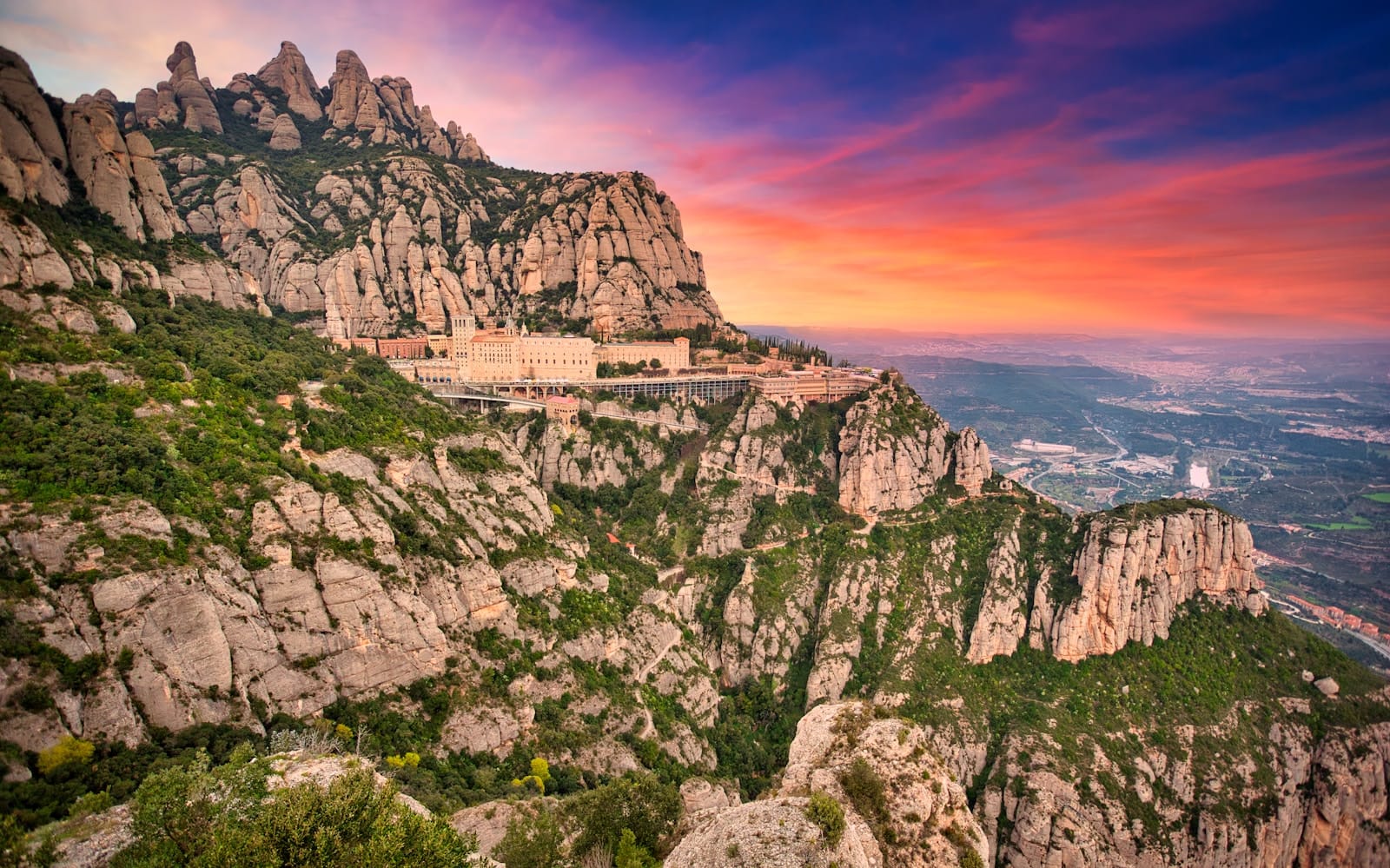Honduras Travel Guide – Untamed Nature, Ancient Wonders & Caribbean Vibes
Intro to Honduras Travel Guide
Tucked between Guatemala, El Salvador, and Nicaragua with two stunning coastlines, Honduras is Central America’s wild heart — a land of cloud forests, Maya ruins, Garifuna rhythms, and the world’s second-largest coral reef.
Start planning your journey with our complete Honduras Travel Guide — explore vibrant cities, hike misty highlands, and dive into the Caribbean’s best-kept secrets with expert tips and a region-by-region breakdown.
Continent: North America (Central America)
Country: Honduras
Area: 112,492 km²
Population: ~10.5 million (2024)
Density: ~93 people/km²
Capital: Tegucigalpa
Regions: Western Highlands, Caribbean Coast, Mosquito Coast, Bay Islands
Language(s): Spanish (official), Indigenous languages (Garifuna, Miskito)
Currency: Honduran Lempira (HNL)
Time Zone: GMT−6
Airports: TGU (Tegucigalpa), SAP (San Pedro Sula), RTB (Roatán)
Climate: Tropical in coastal areas, temperate in the highlands
Known For: Mayan ruins, Bay Islands diving, national parks, colonial towns, wildlife
Visa-free entry for up to 90 days for many nationalities, including U.S., EU, Canada, and Australia.
Visa required for select African and Asian countries — check local embassy.
No visa-on-arrival for restricted passport holders.
Official visa information: Honduras Immigration Office
Recommended vaccines: Hepatitis A, Hepatitis B, Typhoid, Tetanus, Rabies (for extended rural stays)
Mosquito-borne diseases: Dengue, Zika, and Chikungunya risk in lowland areas
CDC – Honduras Travel Health
Medical care is available in cities like Tegucigalpa and San Pedro Sula; limited in remote areas
Global Travel Advisory: World Health Organization – International Travel and Health | Centers for Disease Control and Prevention – Global Travel Health
U.S. State Department: Level 3 – Reconsider Travel (due to crime)
Exercise caution in urban areas and avoid travel at night in rural zones
U.S. State Dept – Honduras Travel Advisory
Stay Informed with Official Updates: US Travel Advisory | UK Foreign Travel Advice
Independence Day – September 15
Semana Santa (Holy Week) – March/April (varies by year)
Day of the Americas – April 14
Christmas Day – December 25
National Day of the Lempira – Celebrates indigenous resistance (July)
Currency: Honduran Lempira (HNL)
U.S. dollars accepted in tourist zones; ATMs common in cities
Credit cards accepted in hotels/restaurants; cash preferred in rural areas
Tipping: 10–15% in restaurants
Duty-Free: Up to 2 liters alcohol, 500g tobacco for visitors
Intercity buses connect major cities affordably
Domestic flights common for Bay Islands and Mosquito Coast
Taxis widely available, negotiate fare beforehand
Avoid nighttime driving and unmarked vehicles
SIM cards available at airports and malls (Tigo, Claro)
Coverage is strong in cities and coast; patchy in jungles or mountains
Wi-Fi available in most hotels and cafes
Avoid photographing military or police
Respect local customs in indigenous and Garifuna communities
Same-sex relations are legal, but public expressions may attract attention in conservative areas
Emergency Numbers:
Police: 199
Ambulance: 195
Fire: 198
Travel Insurance is strongly recommended.
Trusted affiliate: Ekta Travel Insurance
Dry season: November to May (ideal for travel)
Rainy season: June to October (hurricanes possible)
Bay Islands are more temperate year-round
For forecasts: MeteoBlue – Honduras Weather
Honduras by Region – Where to Go
Western Highlands (Copán, Gracias, Santa Rosa de Copán)
This lush mountainous region is steeped in colonial charm and archaeological glory. Visit the UNESCO-listed Copán Ruins — one of the Maya world’s most artistically rich sites — then relax in hot springs or coffee plantations around Gracias and Santa Rosa de Copán.
Northern Caribbean Coast (La Ceiba, Tela, Trujillo)
Known for beaches and biodiversity, this coast blends Garifuna culture with natural splendor. Base in La Ceiba for eco-adventures in Pico Bonito National Park or ferry to the Bay Islands. Tela offers resort calm near Jeannette Kawas National Park.
Bay Islands (Roatán, Utila, Guanaja)
Floating in the Caribbean Sea, these reef-ringed islands are a diver’s dream. Roatán draws cruise travelers and upscale resorts; Utila is a backpacker favorite with affordable PADI certifications; Guanaja remains remote and pristine.
Central Region (Tegucigalpa, La Paz, Valle de Ángeles)
The capital, Tegucigalpa, blends modern sprawl with colonial core. Venture into nearby pine forests and artsy mountain towns like Valle de Ángeles, or drive south to La Paz for tranquil scenery and local cuisine.
Olancho & Eastern Wildlands
Honduras’ largest and least visited region is a true frontier of nature — filled with rugged mountains, rivers, and cattle ranches. Adventurous travelers can explore the Río Plátano Biosphere Reserve, a remote UNESCO site with indigenous communities and untouched rainforest.
South Honduras (Choluteca, Nacaome, Gulf of Fonseca)
Dry, sun-baked landscapes meet the Pacific here. Discover colonial towns and warm fishing villages on the Gulf of Fonseca — a great escape for off-the-beaten-path beach lovers and seafood fans.
Top Places to Visit in Honduras
Cultural Capitals
- Copán Ruinas – A walkable town at the gateway to Maya history. Visit temples, stelae, and hieroglyphic staircases at the Copán Archaeological Site.
- Comayagua – Once the country’s colonial capital, this central city boasts cobbled streets, a grand cathedral, and historic clock towers.
Nature Escapes
- Pico Bonito National Park – Lush rainforest trails, waterfalls, and birdwatching near La Ceiba.
- Celaque National Park – Hike to the cloud forest-covered peak of Cerro Las Minas, Honduras’ highest point.
Island Getaways
- Roatán – Known for clear waters, diving resorts, and a lively expat scene.
- Utila – Laid-back island with whale shark sightings and budget-friendly diving.
- Guanaja – Quiet and unspoiled — ideal for off-grid serenity and nature.
Beach Towns & Coasts
- Tela – White sand beaches framed by palms and Garifuna villages.
- Trujillo – Historic coastal town with strong Afro-Caribbean influence and tranquil shores.
Off-the-Path Gems
- Gracias – A scenic highland escape with hot springs and colonial plazas.
- La Campa – A Lenca village known for pottery and cultural tourism.
How to Choose Where to Go in Honduras
- If you’re dreaming of Caribbean beaches and reef diving, head straight to the Bay Islands — Roatán for resorts, Utila for backpacker buzz, and Guanaja for seclusion.
- For a mix of history and mountain air, explore the Western Highlands, especially Copán and Gracias. This area offers a blend of archaeology, nature, and local culture.
- Looking for rainforest treks and wildlife? Choose the Northern Caribbean Coast and base in La Ceiba for access to Pico Bonito and ferry links to the islands.
- If you’re curious about Honduran city life and day trips, spend time in Tegucigalpa, then branch into the Central Region for artisanal towns and pine forest escapes.
- Adventurers wanting raw nature and cultural encounters should explore the eastern frontier of Olancho or the wilds of Moskitia — but come prepared for limited infrastructure.
How to Get Around Honduras
- Domestic Flights:
Roatán, Utila, and Guanaja are accessible via local flights from Tegucigalpa or La Ceiba (e.g., CM Airlines, Lanhsa). This is the fastest way to reach the islands. - Long-Distance Buses:
Companies like Hedman Alas and Viana Transportes offer reliable service between cities like San Pedro Sula, Tegucigalpa, Copán Ruinas, and La Ceiba. Reservations recommended. - Ferries:
Utila Dream and Galaxy Wave connect La Ceiba with Roatán and Utila. Always check weather conditions — crossings can be rough during storms. - Car Rentals & Roads:
Driving is possible but best avoided in major cities due to traffic and road conditions. Mountain and rural roads can be rugged; 4WD recommended for Olancho. - Ride Apps & Local Transport:
Taxis are common, though not always metered. Use ride-hailing apps like InDrive in major cities. Local minibuses (rapiditos) serve short-distance routes but expect crowds.
Travel Budget & Costs in Honduras
Daily Budget (USD):
- Budget: $30–$45 (hostels, street food, public buses)
- Mid-Range: $60–$100 (3-star hotels, intercity bus, excursions)
- Luxury: $150+ (resorts, domestic flights, private tours)
Sample Prices:
- Local meal: $3–$6
- Island diving (2 tanks): $45–$60
- Bus ride (La Ceiba to Tegucigalpa): ~$15
- Boutique hotel in Copán: $60/night
- Roatán beachfront resort: $180+/night
Money-Saving Tips:
- Eat at comedores (local diners)
- Use colectivos for inter-town travel
- Travel in shoulder season (May–June, Sept–Nov) for deals
- Stay longer on islands — weekly deals exist
Best Time to Visit Honduras
Dry Season (Dec–April):
Ideal for beaches, ruins, and mountain hikes. Easter (Semana Santa) is peak domestic travel season.
Wet Season (May–Nov):
Expect afternoon rains, especially on the north coast. Storms can disrupt ferry routes to islands. However, this is great for rainforest greenery and lower prices.
Festival Highlights:
- Punta Gorda Festival (Roatán, April 12): Celebrates Garifuna culture with music and dance.
- Feria Juniana (San Pedro Sula, June): Honduras’ biggest fair with parades and concerts.
- Holy Week (nationwide): Coastal towns and Copán get festive.
Must-See Experiences in Honduras
- Explore the Copán Ruins – Admire hieroglyphic staircases, acropolis carvings, and ball courts of this Maya city.
- Dive the Mesoamerican Reef – Discover vibrant coral walls and marine life around Roatán and Utila.
- Join a Garifuna Drum Circle – Visit the coastal village of Triunfo de la Cruz for traditional rhythms and storytelling.
- Soak in Aguas Termales Luna Jaguar – Natural jungle hot springs outside Copán with spa vibes.
- White-Water Raft the Río Cangrejal – Adrenaline-pumping rapids near Pico Bonito.
- Ride Horses in Gracias – Explore highland trails with sweeping valley views.
- Shop in Valle de Ángeles – Pick up handcrafts like woodcarvings and leatherwork near Tegucigalpa.
- Visit Río Plátano Biosphere Reserve – Remote jungle reserve with wildlife, river trips, and indigenous communities.
Book immersive Honduras tours and experience unforgettable things to do in Honduras — from sacred Maya ruins and rainforest treks to coral reef diving and Garifuna music rituals.
Best Travel Itineraries in Honduras
7-Day Classic Highlights
- Day 1–2: Copán Ruinas (Maya ruins, hot springs)
- Day 3–4: La Ceiba (eco-tours, waterfalls)
- Day 5–7: Roatán (beaches, snorkeling)
10-Day Culture & Coast Combo
- Day 1–2: Tegucigalpa + Valle de Ángeles
- Day 3–4: Copán Ruinas
- Day 5–6: Tela (Garifuna villages)
- Day 7–10: Roatán or Utila
2-Week Adventure Trail
- Days 1–3: Copán + Celaque NP
- Days 4–5: La Ceiba (white-water rafting)
- Days 6–10: Bay Islands (diving, kayaking)
- Days 11–14: Olancho (hikes, community stays)
Local Cuisine & Culinary Experiences
Must-Try Dishes:
- Baleadas – Thick flour tortillas stuffed with beans, cheese, and crema.
- Sopa de Caracol – Conch soup with coconut milk, plantains, and yuca.
- Pollo con Tajadas – Fried chicken with fried green bananas and cabbage slaw.
- Anafres – Molten bean and cheese dip served with chips.
- Tapado – Caribbean stew with seafood, coconut, and root veggies.
Food Experiences:
- Street food in San Pedro Sula markets
- Seafood dinners in Trujillo or Roatán
- Coffee tours in Copán’s highlands
- Taste your way through Honduras with local food tours and Garifuna cooking workshops.
Travel Safety & Cultural Etiquette in Honduras
Safety Tips:
- Avoid displaying valuables, especially in cities.
- Use trusted transport — avoid unregistered taxis.
- Check current travel advisories before visiting remote areas.
- Stick to tourist-friendly zones in Tegucigalpa and San Pedro Sula.
Cultural Etiquette:
- Greet with a handshake and smile.
- Dress modestly in rural or religious areas.
- Learn basic Spanish greetings — appreciated everywhere.
- Respect Garifuna and Lenca traditions when visiting indigenous communities.
Where to Go Next – Pair Honduras with These Destinations
- Guatemala – Easy overland border from Copán; connect to Antigua or Lake Atitlán.
- Nicaragua – Access southern routes from Choluteca or Tegucigalpa for colonial León and Granada.
- El Salvador – Compact and underrated; combine beaches and surf towns with culture.
- Belize – Connect via the Bay Islands by boat or flight for reef adventures and English-speaking culture.
Explore more:
Guatemala Travel Guide
Nicaragua Travel Guide
El Salvador Travel Guide
Belize Travel Guide
Central & South America Travel Guide
Final Planning Checklist for Honduras
- Finalize itinerary: highlands, coast, and island mix
- Book accommodations in Copán and Bay Islands early
- Reserve diving or eco-tours in advance
- Confirm passport is valid for at least 6 months
- Check visa rules for your nationality
- Get travel insurance (recommended: Ekta Insurance)
- Download Spanish translation and map apps
- Bring reef-safe sunscreen and insect repellent
- Carry USD in small bills; ATMs common in cities
- Respect local customs and practice safe, responsible travel
Explore Honduras with confidence using our trusted tips, local insights, and region-by-region planning tools.
For more expert travel tips, practical strategies, and trusted tools — visit our Homepage and get inspired for your next trip.

